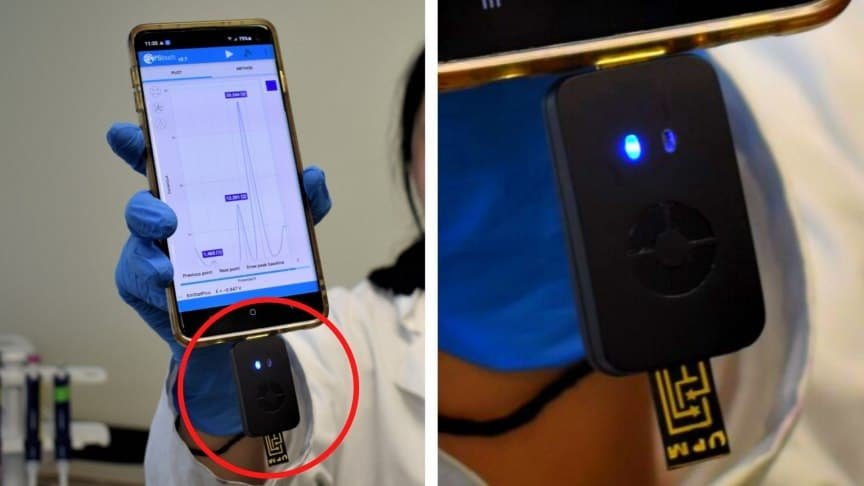Diagnostic Tool to Detect Bacterial Infection
Science can be simply amazing some day. If we consider today’s example, when a doctor suspects a patient has a bacterial infection, the patient must produce a fluid sample, which is then sent to a lab for testing. A new instrument – diagnostic tool, on the other hand, could allow for on-the-spot analysis of such samples in minutes.
Flaws in Lab Method
The examination of bodily fluid samples in laboratories has three major flaws. For one thing, any illness that is present could become worse over the few days it takes to acquire a result. For another, the doctor may put the patient on antibiotics straight away, just in case they’re infected – if they aren’t, they’ll have wasted their time taking the prescription (and suffering any adverse effects). In addition, appropriately equipped labs may be a significant distance distant in isolated places or impoverished countries.
Build of Device
Scientists at McMaster University in Canada designed the prototype of diagnostic tool with these constraints in mind. The gadget is made up of two components: a two-channel electrical sensor chip and a USB-stick-like main processing module into which the chip is plugged.

How it works?
A droplet of blood, urine, or saliva is first placed on the chip by the doctor. DNA enzymes already present on the chip react with signature proteins made by the suspected bacteria there — presuming the germs are present in the first place. The chip and the main module are both hooked into a smartphone, where the data is interpreted and displayed in less than an hour by a dedicated app.
The method has already been used to successfully detect hazardous E. coli bacteria in urine samples, and it can detect additional bacterium kinds using different DNA enzymes. diagnostic tool could also be used to detect viral infections, such as COVID-19, according to reports.
Better and Fast Therapy
“It means patients will get better therapy, faster outcomes, and prevent serious problems,” says Assoc. Prof. Leyla Soleymani, co-corresponding author of a study report. “It can also help us minimise unnecessary antibiotic use, which can buy us time in the fight against antimicrobial resistance.”
Paper was published in Nature Chemistry, one can go and have a full read.
